Exploring Customer Care Automation and Its Applications
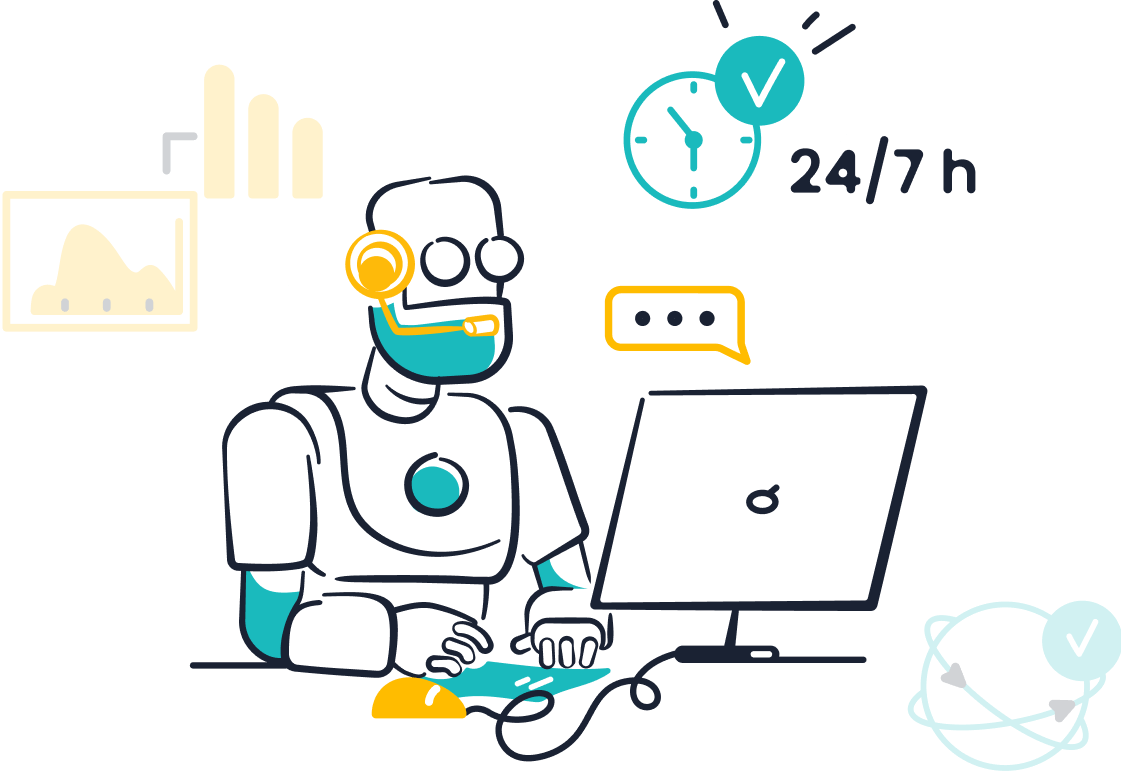
Customer care automation uses technology to simplify customer service processes, making them faster and more efficient. It allows businesses to handle inquiries seamlessly, ensuring customers receive timely and accurate responses. For example, companies using automation have seen a 37% drop in first response times and a 52% reduction in resolution times. These improvements translate to happier customers and better business outcomes. Tools like Sobot’s AI-powered chatbot enhance efficiency by solving routine queries 24/7, cutting costs and boosting satisfaction. With automation, you can focus on delivering exceptional service while scaling operations effortlessly.
What Is Customer Care Automation?
Definition and Core Features
Customer care automation refers to the use of advanced technologies to streamline and enhance customer service processes. It involves tools like AI chatbots, automated ticketing systems, and knowledge base integration to handle customer interactions efficiently. These tools reduce the workload on human agents by managing repetitive tasks, allowing them to focus on complex issues.
Key features of customer care automation include:
- AI Chatbots: These virtual agents provide instant support, answer FAQs, and operate 24/7.
- Automated Ticketing Systems: They centralize customer requests, ensuring proper routing and prioritization.
- Knowledge Base Integration: This feature allows agents to access information quickly, leading to faster resolutions.
- Performance Analytics: These tools monitor key metrics, helping businesses improve service quality.
For example, Sobot’s AI-powered chatbot offers multilingual support and operates across multiple channels like WhatsApp and SMS. It improves productivity by 70% and reduces costs by up to 50%, making it a valuable tool for businesses.
How It Differs from Traditional Customer Service
Automated customer service differs significantly from traditional methods. Traditional customer service relies heavily on human agents, which can lead to longer response times and higher operational costs. In contrast, automation uses AI and machine learning to provide faster and more efficient solutions.
| Feature | Traditional Customer Support | Automated Customer Service |
|---|---|---|
| Accessibility and Convenience | Requires searching for contact details | One-click connection via platforms like WhatsApp |
| Timely Response and Efficiency | Longer response times due to staffing limits | Quick, real-time responses |
| Information Sharing | Limited to text and attachments | Seamless exchange of rich media (images, videos) |
With tools like Sobot’s omnichannel solution, businesses can unify customer interactions across platforms, ensuring a seamless experience.
Why Businesses Are Adopting Customer Care Automation
Businesses are increasingly adopting customer care automation due to its numerous benefits. Automation reduces operational costs by up to 90% and improves efficiency by automating mundane tasks. AI-driven tools like predictive analytics help forecast call activity, optimizing staffing and resource allocation.
Self-service options, such as chatbots and IVR systems, enhance customer satisfaction by resolving simple inquiries quickly. Intelligent call routing ensures customers connect with the most suitable agents, improving overall experiences. The shift to cloud-based platforms also offers flexibility and scalability, making automation a practical choice for modern businesses.
Sobot’s customer service software exemplifies these advantages. Its solutions integrate AI-driven automation with omnichannel support, helping businesses improve customer satisfaction and loyalty. By adopting automation, you can stay ahead in a competitive market while delivering exceptional service.
How Does Customer Care Automation Work?
Key Technologies Behind Automation (AI, Chatbots, CRM Integration)
Automated customer service relies on advanced technologies to deliver seamless and efficient support. Three key technologies drive this transformation:
- AI (Artificial Intelligence): AI powers virtual assistants, enabling them to understand customer queries, provide accurate responses, and even predict customer needs. For instance, AI-driven decision-making systems enhance service efficiency by analyzing patterns and automating repetitive tasks.
- Chatbots: These virtual assistants handle routine inquiries, offering instant responses 24/7. Chatbots also reduce human error, maintain consistent communication, and lower operational costs. According to Statista, 33% of consumers find chatbots effective in resolving queries.
- CRM Integration: Customer Relationship Management (CRM) systems unify data across sales, marketing, and support teams. This integration ensures smooth communication and avoids conflicting information, ultimately improving customer satisfaction.
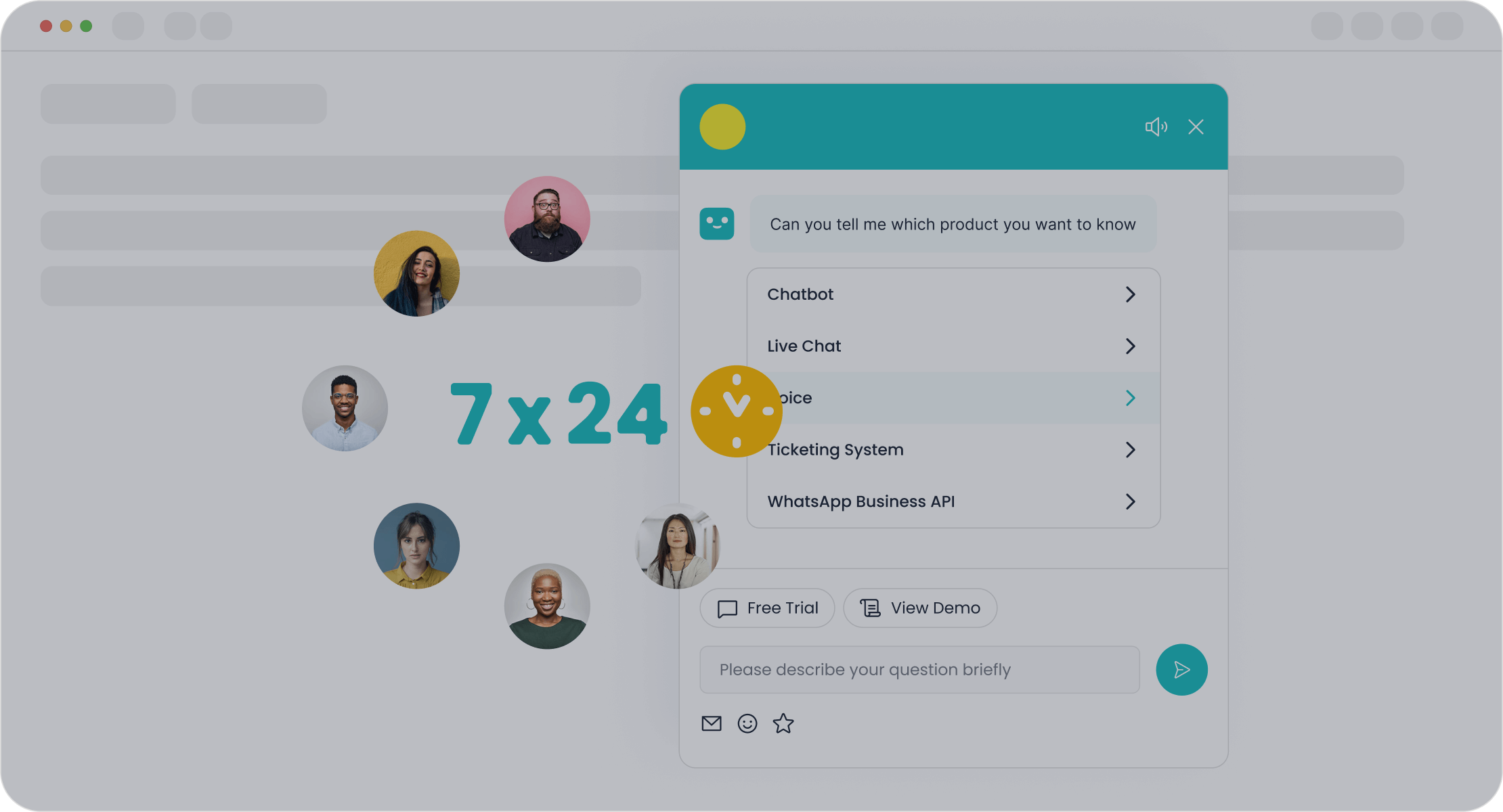
These technologies work together to create a robust automated customer service system. For example, Sobot’s omnichannel solution integrates AI and CRM, enabling businesses to manage customer interactions across platforms like WhatsApp and SMS effortlessly.
The Role of Data and Machine Learning in Automation
Data and machine learning play a crucial role in enhancing automated customer service. Automation systems gather and analyze customer data, providing agents with a complete view of customer history and preferences. This enables personalized and contextually relevant solutions.
Machine learning algorithms continuously improve virtual assistants by learning from past interactions. They optimize chatbot responses, ensuring accuracy and relevance. AutoML frameworks further enhance performance by automating data augmentation and feature engineering. These advancements allow businesses to deliver faster and more effective support.
For example, Sobot’s chatbot uses machine learning to build a knowledge base from articles, PDFs, and text snippets. This capability ensures accurate and instant replies, improving customer satisfaction and reducing agent workload.
Sobot's Chatbot: A Game-Changer in Customer Service Automation
Sobot’s chatbot stands out as a leading solution in automated customer service. It operates 24/7, handling routine queries and assisting agents with complex issues. This virtual assistant improves productivity by 70% and reduces costs by up to 50%.
The chatbot’s multilingual support and omnichannel capabilities make it versatile. It interacts with customers across platforms like WhatsApp, SMS, and social media. Its no-coding-required setup ensures businesses can deploy it quickly and efficiently.
Sobot’s chatbot also boosts conversions by 20% through proactive messaging and real-time intent assistance. By integrating seamlessly with CRM systems, it provides agents with valuable insights, enabling personalized support. With these features, Sobot’s chatbot transforms customer service, making it faster, smarter, and more effective.
Benefits and Challenges of Customer Care Automation

Key Benefits (e.g., 24/7 Availability, Cost Efficiency, Scalability)
Customer service automation offers several advantages that can transform your operations. One of the most significant benefits is 24/7 availability. Automated systems ensure your customers receive support anytime, regardless of time zones or business hours. This round-the-clock accessibility enhances customer satisfaction by meeting their expectations for immediate assistance.

Another key advantage is cost efficiency. Automating customer service reduces operational expenses by handling repetitive tasks through chatbots. This allows your human agents to focus on complex issues, optimizing resource allocation. For example, Sobot’s AI-powered chatbot can cut costs by up to 50% while improving productivity by 70%.
Scalability is another critical benefit. As your business grows, customer inquiries often increase. Automation provides a scalable solution that handles spikes in demand without requiring additional staff. This ensures consistent service quality even during peak periods.
Common Challenges and How to Overcome Them
While customer support automation offers numerous benefits, it also presents challenges. One common issue is limited problem-solving capabilities. Automated systems may struggle with complex queries. To address this, you can implement a hybrid approach where chatbots handle routine tasks, and human agents manage more nuanced issues.
Another challenge is the risk of over-reliance on technology. Automation should complement, not replace, human interaction. Regular audits and updates to your systems can help maintain a balance. Additionally, data privacy concerns require strict compliance with regulations and robust security measures to protect customer information.
Unexpected errors, such as incorrect responses from chatbots, can also occur. Continuous monitoring and machine learning updates can minimize these errors, ensuring a seamless customer experience.
| Benefits | Challenges |
|---|---|
| Improved efficiency | Limited problem-solving |
| 24/7 support | Job displacement |
| Faster resolution times | Resource investment |
| Reduced costs | Over-reliance on technology |
| Enhanced customer satisfaction | Security and privacy risks |
Balancing Automation with Personalization
Striking the right balance between automation and personalization is essential for an enhanced customer experience. Automation efficiently handles routine inquiries, allowing your team to focus on interactions that require empathy and creativity. For instance, behavior-driven email sequences can trigger personalized communications based on user actions, increasing engagement.

Segmenting customers based on their interactions enables tailored support. Automated reminders and personalized check-ins further enhance customer retention. Sobot’s omnichannel solution exemplifies this balance by integrating AI-driven automation with tools that provide agents with valuable customer insights. This approach ensures your customers feel valued while benefiting from the efficiency of automation.
Automation allows you to streamline operations while maintaining a personal touch. By blending AI-driven tools with human expertise, you can deliver exceptional service that fosters trust and loyalty.
Practical Applications of Customer Care Automation
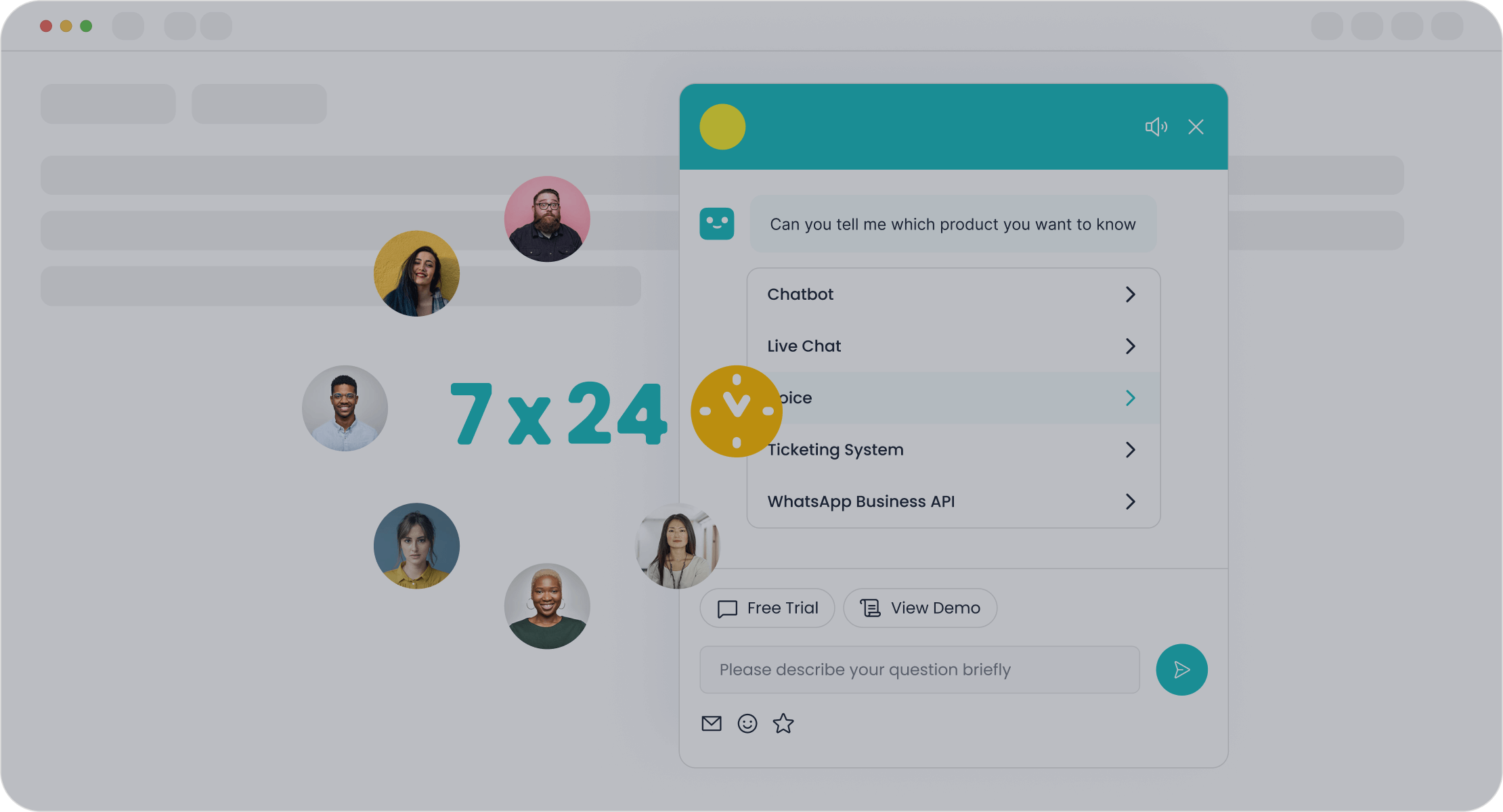
Real-World Use Cases Across Industries
Automated customer care has transformed industries by improving efficiency and customer satisfaction. Businesses in finance, healthcare, and retail have adopted automation to address unique challenges. For example:
| Organization | Sector | Evidence of Automation Impact |
|---|---|---|
| SACE | Finance and Insurance | 23% increase in productivity after 9 months |
| Sanabil Investments | Investment | 70% of employees used Copilot within 2 months |
| Virtual Dental Care | Healthcare | 75% reduction in paperwork for mobile dental clinics |
| Oxford University Hospitals NHS Trust | Healthcare | 1-2 hours saved per week on report productivity |
In retail, automation reduces response times during peak shopping seasons. In healthcare, it streamlines administrative tasks, allowing professionals to focus on patient care. These examples highlight how automation adapts to diverse needs, delivering measurable results.
Sobot's Omnichannel Solution: Enhancing Customer Interactions
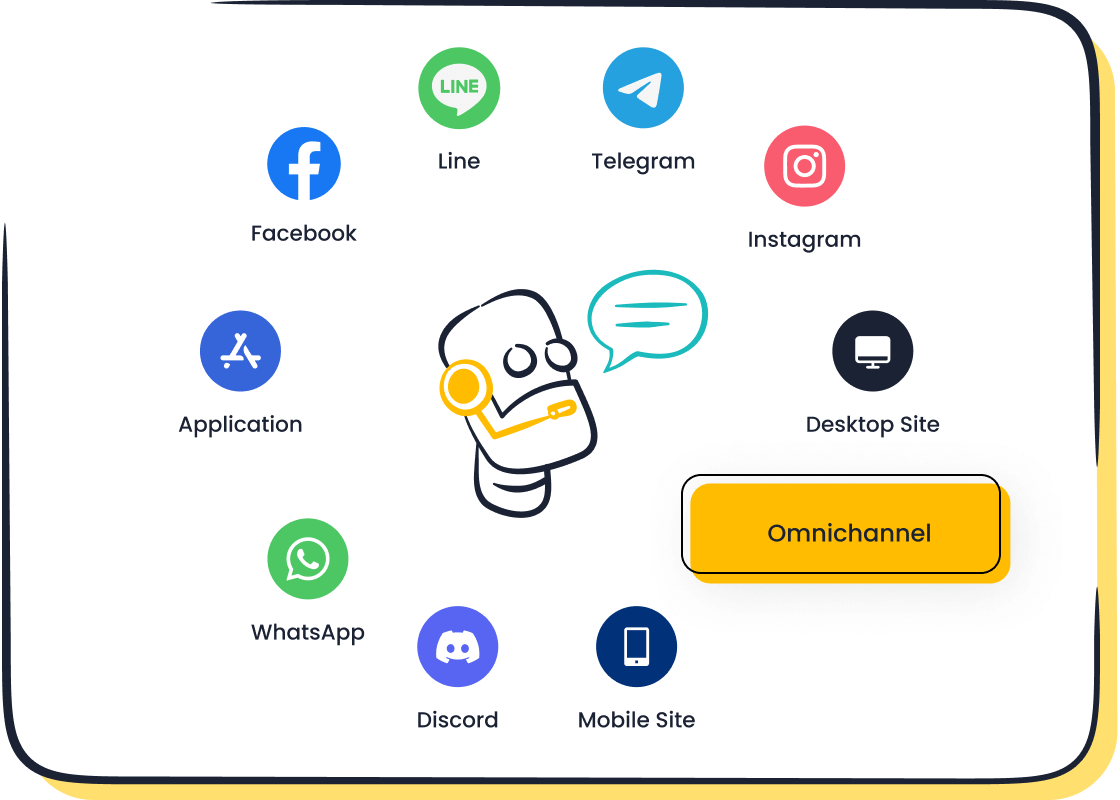
Sobot’s omnichannel solution revolutionizes customer interactions by unifying communication channels. It integrates AI-driven tools to handle repetitive queries, freeing agents to focus on complex issues. This solution ensures seamless service across platforms like WhatsApp, email, and social media.
Key performance metrics demonstrate its effectiveness:
| Metric | Value |
|---|---|
| Reduction in inbound inquiries | 20% |
| Positive feedback rate | 96%+ |
| Customer satisfaction (CSAT) | 97% |
| Problem resolution rate | 85% |
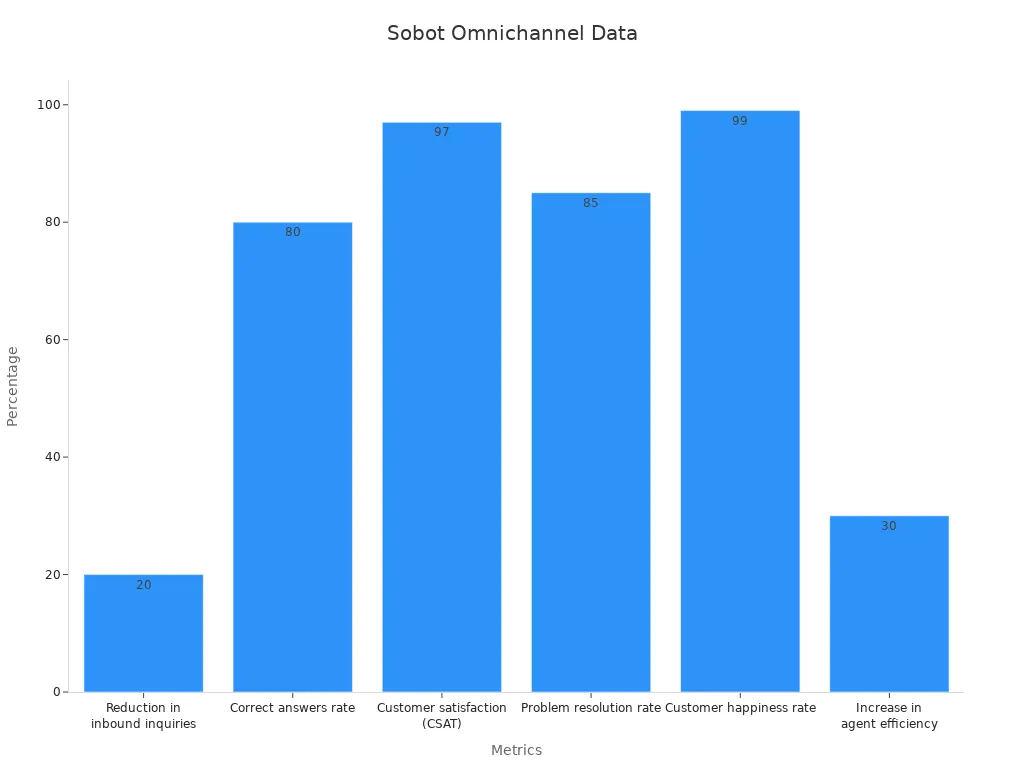
By consolidating customer data, Sobot enables personalized support and faster resolutions. Its analytics tools also help businesses optimize operations, improving agent efficiency by 30%. This makes Sobot a trusted partner for enhancing customer care.
Success Stories: How OPPO Leveraged Sobot's Chatbot
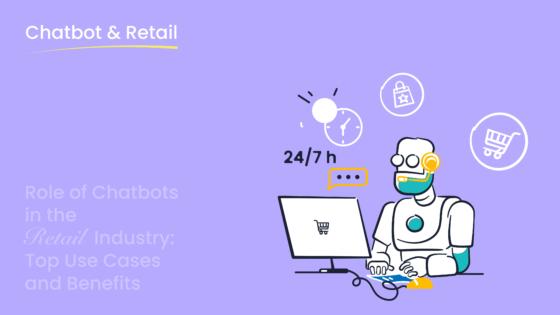
OPPO, a global leader in smart devices, faced challenges during peak shopping periods. High inquiry volumes overwhelmed their support team, leading to delays. By implementing Sobot’s chatbot, OPPO automated routine queries, allowing agents to focus on complex issues.
The results were remarkable:
- 83% chatbot resolution rate
- 94% positive feedback rate
- 57% increase in repurchase rate
Sobot also optimized OPPO’s knowledge base, reducing maintenance efforts by 90%. This integration improved customer satisfaction and operational efficiency. OPPO’s success story showcases how automated customer care can drive business growth and enhance customer loyalty.
How to Implement Customer Care Automation Effectively
Steps to Get Started with Automation
Implementing customer care automation requires a structured approach to ensure success. Follow these steps to get started:
- Define Objectives and Goals: Identify what you want to achieve with automation, such as reducing response times or improving customer satisfaction.
- Identify Suitable Processes: Focus on repetitive and error-prone tasks like answering FAQs or routing tickets.
- Choose the Right Tools and Technologies: Evaluate tools based on their functionality, scalability, and compatibility with your existing customer support system.
- Ensure Seamless Integration: Integrate automated customer service tools with your workflows to avoid disruptions.
- Continuously Test and Optimize: Regularly monitor performance and make adjustments to improve efficiency.
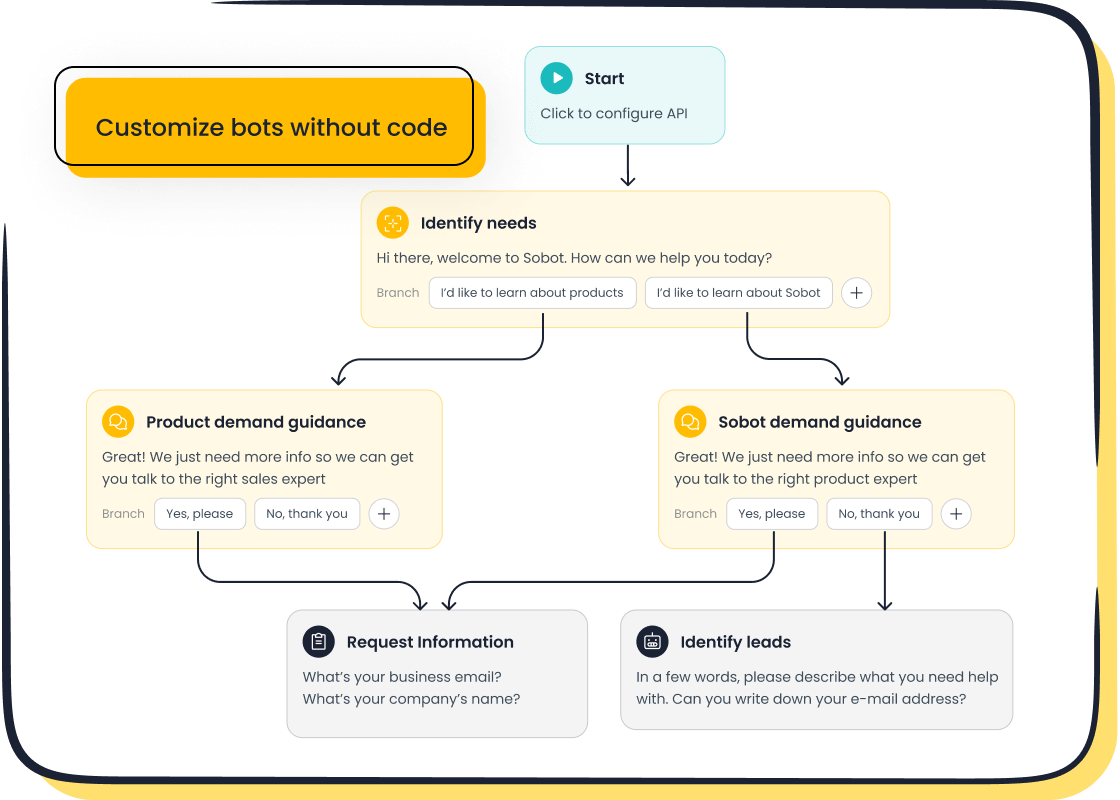
For example, Sobot’s AI-powered chatbot simplifies this process. It handles routine queries, integrates seamlessly with CRM systems, and operates 24/7, making it an ideal starting point for automation.
Choosing the Right Tools: Why Sobot Stands Out
Selecting the right tools is crucial for effective automation. Sobot stands out due to its comprehensive features and user-friendly design. Its chatbot offers multilingual support and omnichannel capabilities, allowing you to interact with customers across platforms like WhatsApp and SMS. The no-coding-required setup ensures quick deployment, even for teams with limited technical expertise.
Sobot also enhances customer support teams by automating ticket routing and providing agents with real-time insights. This reduces workload and improves resolution times. By integrating AI-driven tools, Sobot helps businesses scale their operations while maintaining high service quality. Its proven track record with brands like OPPO demonstrates its ability to deliver measurable results, such as an 83% chatbot resolution rate and a 94% positive feedback rate.
Measuring Success and Continuous Improvement
To measure the success of your automation efforts, track key performance indicators (KPIs). These metrics provide insights into your system’s effectiveness and highlight areas for improvement.
| Metric | Description |
|---|---|
| Customer Satisfaction (CSAT) | Measures how satisfied customers are with a service or product. |
| Net Promoter Score (NPS) | Gauges customer loyalty and likelihood of recommending the service to others. |
| First Call Resolution (FCR) | Indicates the percentage of customer inquiries resolved on the first contact. |
| Average Handling Time (AHT) | Measures the average duration taken to resolve customer issues. |
| Customer Effort Score (CES) | Assesses the ease of customer interaction and resolution of their issues. |
Regularly review these metrics to identify trends and areas for optimization. For instance, if your CSAT score drops, analyze customer feedback to pinpoint issues. Sobot’s analytics tools simplify this process by providing actionable insights, enabling continuous improvement in your customer support system.
Customer care automation has become essential for modern businesses. It streamlines operations, reduces costs, and enhances customer satisfaction. Tools like AI chatbots and omnichannel solutions empower you to deliver faster, smarter service while scaling effortlessly. For example, Sobot’s chatbot improves productivity by 70% and operates 24/7, ensuring consistent support.
Balancing automation with personalization remains crucial. While automation handles routine tasks, human agents can focus on building meaningful connections. This approach fosters trust and loyalty, creating a competitive edge.
Looking ahead, automation will play an even greater role. By 2024, 67% of businesses will use automation to improve system visibility. Hyper-automation, as seen in Tesla’s Gigafactories, demonstrates how integrating AI and robotics boosts efficiency and reduces costs. As digital transformation accelerates, adopting smart solutions like Sobot’s omnichannel platform will help you stay ahead in this evolving landscape.
FAQ
What is customer care automation?
Customer care automation uses technology like AI and chatbots to handle customer inquiries. It automates repetitive tasks, reduces response times, and improves efficiency. For example, Sobot’s chatbot operates 24/7, solving routine queries and boosting productivity by 70%. This ensures faster resolutions and happier customers.
How does Sobot’s chatbot improve customer service?
Sobot’s chatbot automates customer interactions across platforms like WhatsApp and SMS. It provides instant replies, supports multiple languages, and requires no coding to set up. By handling routine queries, it reduces costs by 50% and increases conversions by 20%, making your customer service more efficient.
Can automation work for small businesses?
Yes, customer care automation benefits businesses of all sizes. Tools like Sobot’s omnichannel solution scale with your needs. They unify customer interactions, automate repetitive tasks, and provide analytics for better decision-making. This helps small businesses save time and resources while delivering excellent service.
How do you balance automation with personalization?
You can balance automation with personalization by using tools like Sobot’s omnichannel solution. Automation handles routine tasks, while agents focus on complex issues. Features like behavior-driven messaging and customer segmentation ensure personalized interactions, fostering trust and loyalty.
Is customer data safe with automation tools?
Yes, reputable automation tools prioritize data security. Sobot ensures compliance with data privacy regulations and uses robust security measures to protect customer information. This builds trust and safeguards sensitive data, allowing you to focus on delivering exceptional service.
See Also
Understanding The Efficiency Of Call Center Automation
Enhancing Efficiency With AI-Powered Customer Service Tools
Transforming Customer Support With AI Service Agents